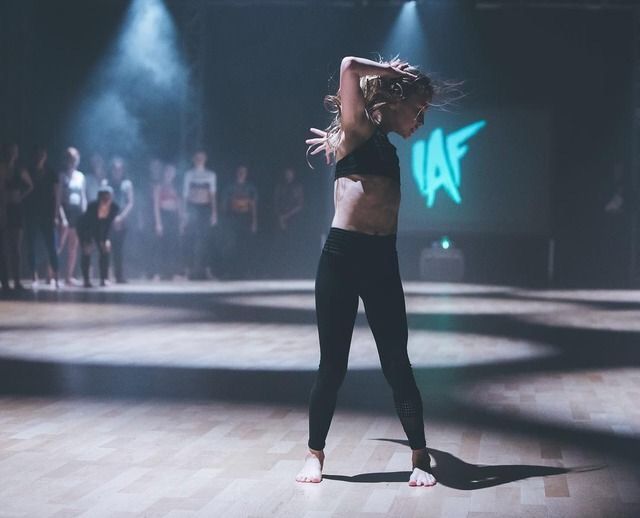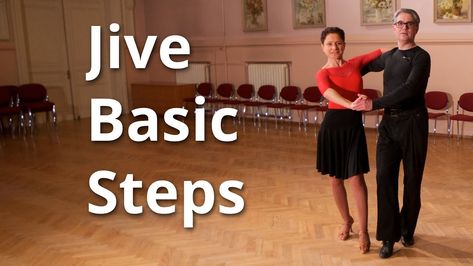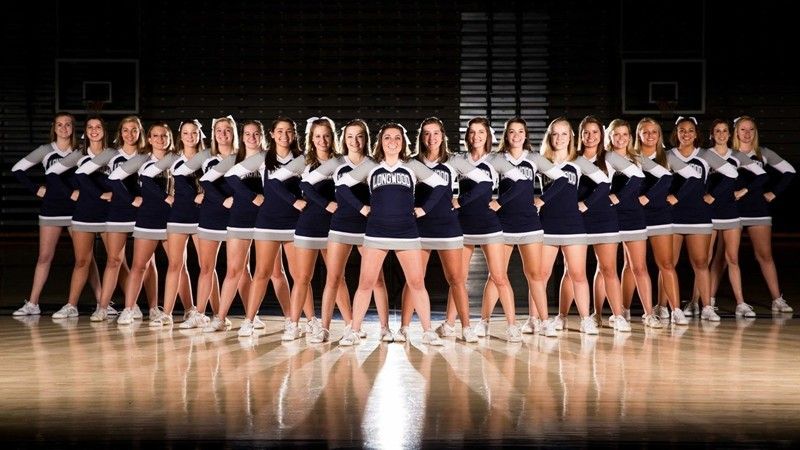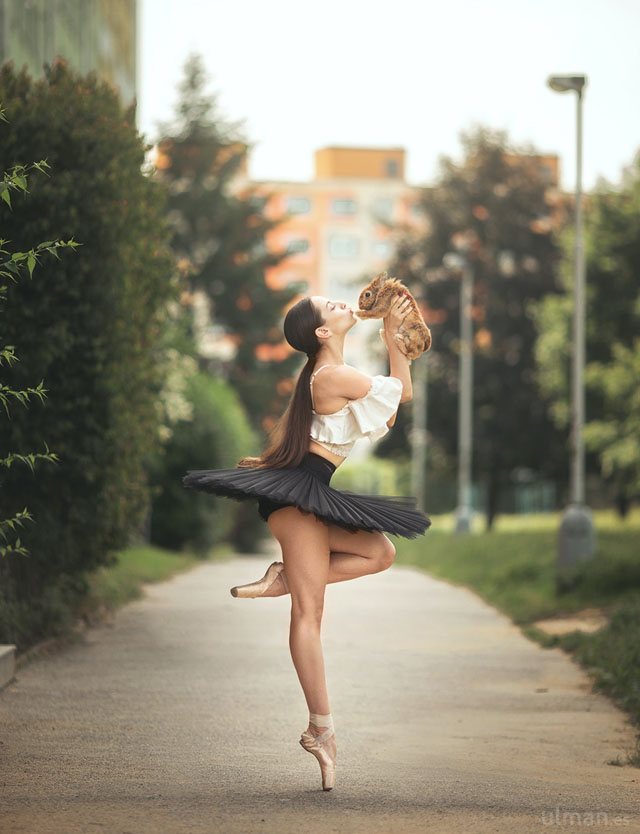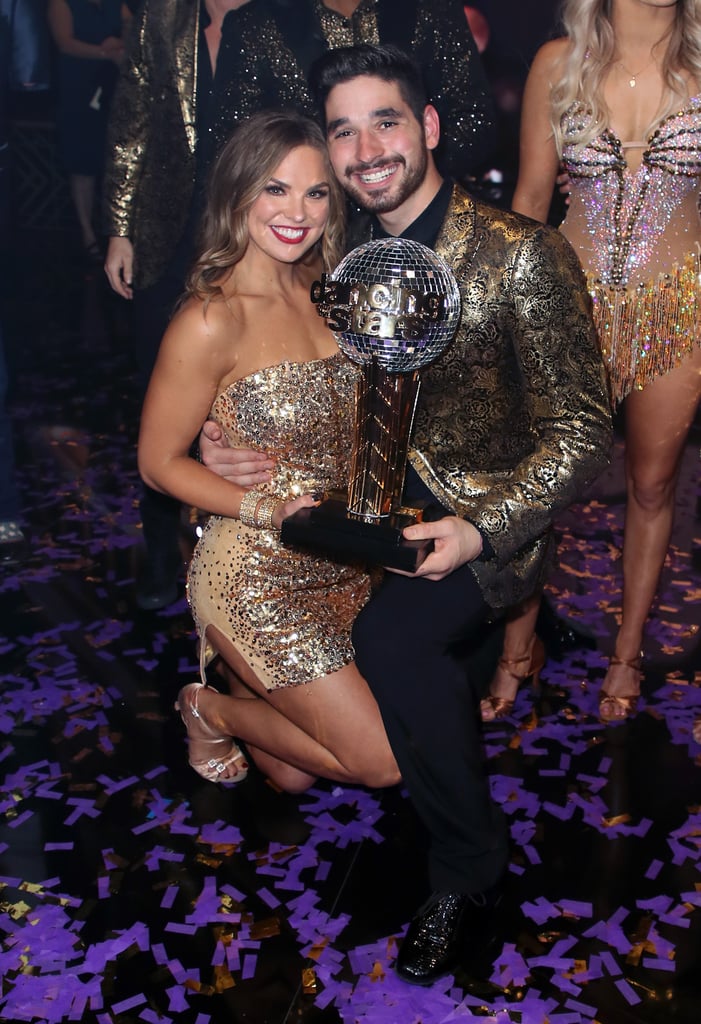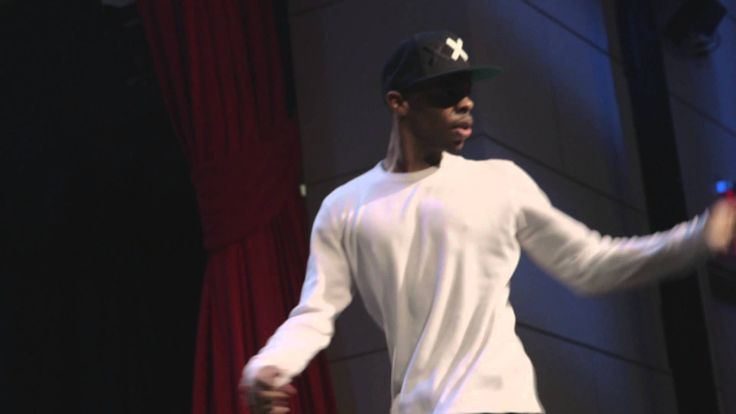How to be confident on stage dancing
Techniques to Overcome Stage Fright for Dancers
Dancers can become paralyzed with fear before a performance despite hours of practice and preparedness. Finding techniques to overcome stage fright and go on with the show is vital.
Mikhail Baryshnikov, arguably one of the most famous dancers of all time, still suffers from stage fright. In a 2015 New Yorker article, he stated, “I am onstage more than fifty years…Sometimes I do shows every night for weeks. Still, it never doesn’t come. Starts four hours before. I don’t even try to fight it anymore. I know it will always be there.”
Adult and child performance anxiety, or stage fright, is quite common. For some, it will ease over time, but some never cure it. But, there are ways to cope. Here are some helpful tips:
Breathe
It sounds simple and yet, when a person gets nervous, he or she can “forget” to breathe. The American Institute of Stress says that “deep breathing increases the supply of oxygen to your brain and stimulates the parasympathetic nervous system, which promotes a state of calmness. ” Learn some yoga breathing techniques to help relax your body and mind. It helps the heart beat more slowly and relaxes muscles. Blood pressure decreases and nitric oxide is released. Nitric oxide helps increase your senses, endurance and strength. You can help even your youngest students move past child performance anxiety.
Relax
Performing a routine act often helps the relaxation process. Some examples include stretching in the same way every time, chewing gum, humming or singing. Work to reduce the tension in the neck and shoulders. Meditation helps as well. Find a quite place to sit. Then, the dancer should close his or her eyes, focus on breathing and let their body go as limp as possible. Rest hands in the lap and drop the shoulders. Here, humming may be helpful as well. Try to reach a point where nothing is thought of except breathing.
Visualize
When a dancer has practiced something hundreds of times and is ready to perform, it is helpful to visualize the actual performance. Start thinking about the whole situation: the stage, lights, audience, and music. Imagine being exactly where the performance will be and “feel” the floor and the entire area around the stage. This exercise can help prepare the dancer for being in the actual space.
Start thinking about the whole situation: the stage, lights, audience, and music. Imagine being exactly where the performance will be and “feel” the floor and the entire area around the stage. This exercise can help prepare the dancer for being in the actual space.
Release
Sometimes there is nothing a person can do about nervous energy but release it. This is especially true for younger dancers. Thus, encourage a bit of running around or a quick walk. Do exercises that allow the dancer to wiggle from the head to the toes. Doing this helps getting rid of some of the adrenaline in the body that makes a person so nervous.
Focus on the music
Sometimes dancers get stage fright because they are too focused on their performance. Get a dancer to instead focus on the music. Once a dancer becomes familiar with the musical piece, it can guide him or her through all the movements required.
Get in the space
If rehearsal in the actual performance space is possible, have the dancer take the stage there.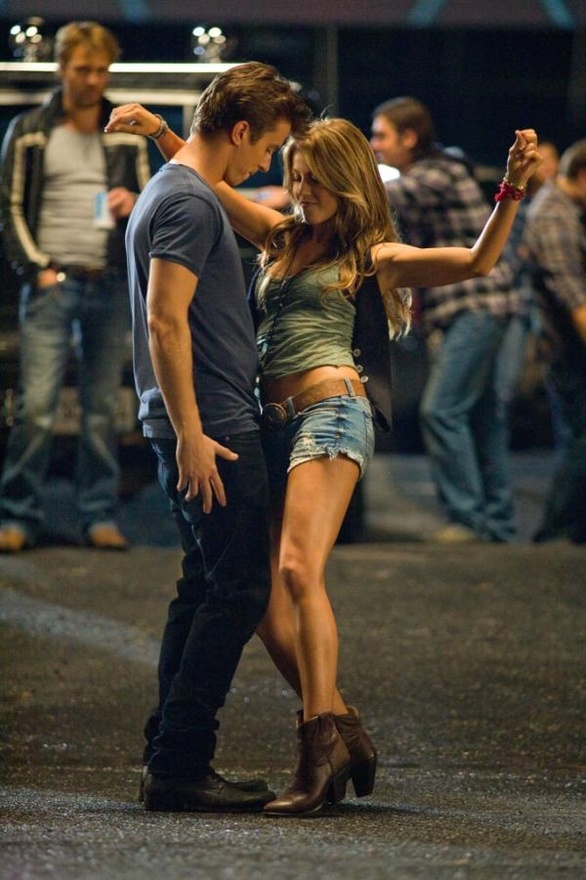 Many dancers need to feel the actual floor, see how far they are from the audience and get a sense of the entire area they perform in. This familiarity leads to less anxiety because some fear spawns from the unknown. When a dancer then knows where he or she will be, that fear diminishes.
Many dancers need to feel the actual floor, see how far they are from the audience and get a sense of the entire area they perform in. This familiarity leads to less anxiety because some fear spawns from the unknown. When a dancer then knows where he or she will be, that fear diminishes.
Face the fear
Sometimes one just has to come face to face with reality and recognize the fear. When a dancer starts to recognize the fear, it is possible to reinterpret it. Instead of seeing it a fear, it can be labeled in a more positive light such as “excess energy,” “excitement” or “passion.” Don’t focus on the symptoms such as an upset stomach or shaky hands or legs. Shift the focus to the overall feeling and work to make it a positive experience that prepares the dancer to deliver a great performance.
Let the past help the present
Stage fright is typically a reoccurring event. Dancers who are reminded about previous times they felt nervous and then overcame it to go on stage can be prompted to repeat great achievements.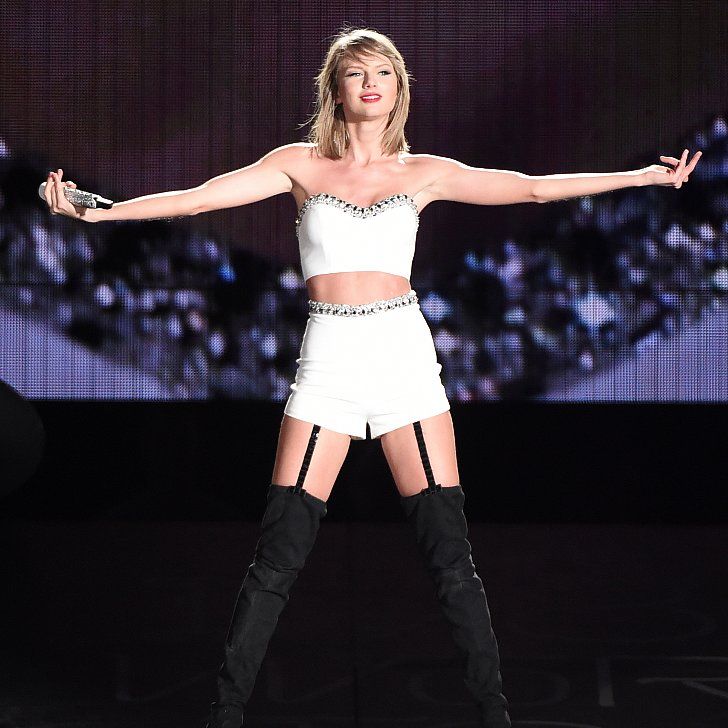 Help your dancers recall another time from their past where they felt overwhelmed by stage fright, but then successfully went on stage. This helps build confidence and gives them the ability to conquer their fears.
Help your dancers recall another time from their past where they felt overwhelmed by stage fright, but then successfully went on stage. This helps build confidence and gives them the ability to conquer their fears.
Photo by Vlad Busuioc under the CC by 2.0 License
Tips on How to be Confident on Stage
How to be Confident on Stage
PROJECT DETAILS
Title: How to be Confident on Stage
Description
It is common for people to feel nervous or fearful when performing on stage. However, this will not be a good thing if those feelings are preventing you from pursuing a career in the entertainment industry. You have to deal with those issues if you are involved in dancing or performing in front of many people, whether on theater, streets, events, competition or even during a dance audition.
If you are a potential dancer or performer, you need to have a stage presence that shows confidence all the time. You don’t have to worry if this is something that comes outside your comfort zone because taking a dance class can help you learn and practice how to excel in a stage performance.
You don’t have to worry if this is something that comes outside your comfort zone because taking a dance class can help you learn and practice how to excel in a stage performance.
Here are a few tips on how to have
confidence on stage.- Always make eye contact.
When you are performing on stage, you need to connect with the audience or to the crowd. A good way to do is to focus on a few of the friendly faces.
- Maintain your posture.
If you have good posture, others will believe that you are confident, even if you are feeling uncomfortable. For most people, standing tall with chest out and shoulder back helps them to feel more commanding and dominant, but not too stiff. Do this and you will look and feel more confident on stage. Dance with confidence and grace.
- Put a smile on your face.
Smiling will put you as well as the audience or crowd at ease. When you do this naturally, you will be more comfortable and relaxed, plus others around you will feel the same. Once you are sincere, you can capture attention and even build allies before the performance starts. Maintain that smile when dancing or performing. Spread the good vibes! 😉
When you do this naturally, you will be more comfortable and relaxed, plus others around you will feel the same. Once you are sincere, you can capture attention and even build allies before the performance starts. Maintain that smile when dancing or performing. Spread the good vibes! 😉
- Perform in an alter ego character.
This will not only help you to become confident, but also a chance to bring out your rock star characteristics. You are also getting to ignore perceived flaws and improve upon them. As a truly dancer or performer, they always put hearts in every performance. They don’t just dance it, but perform it! They perform with their souls.
- Do some breathing techniques.
When you are a performer or a dancer, your breathing patterns are likely to change if you become nervous. It will be very helpful if you take some time to do a bit of deep breathing before going on stage. This helps you loosen up the tension and get you back on track to focus on your performance.
This helps you loosen up the tension and get you back on track to focus on your performance.
- Learn to cover mistakes.
You must know how to recover from any mistake to build confidence for a stage performance. Don’t stop dancing or performing, rather try to catch up with the dance routine. The audience or crowd might not take notice of a mistake if you do not overreact. Just concentrate on the steps and stop thinking that you made a mistake so you won’t be lost in track.
- Practice.
It is important to practice, even if you have a natural talent. Don’t take practice for granted and be over confident with your knowledge that you already memorised the dance routine. Your confidence will only become stronger with more experience. You will know what to expect and be more skillful at handling surprises if you already master it. Thus, you need to keep on practicing so by the end of the day you will accomplish a perfect performance.
These are just some of the tips that you can follow if you want to know how to be confident on stage. Just remember that having a good stage presence shows that you are a professional who knows how to take control and perform at ease while being the center of attention.
Stay blessed
From Natricia aka the Performance Mentor
Performing experience in the context of industrial practice: folk stage dance at the Moscow State Academy of Choreography
The process of professional training of ballet dancers is a multifaceted complex of educational, educational and artistic and creative components, and in the formation of the personality of a professional dancer, the accumulation of performing experience occupies an extremely important place. That is why in educational institutions of secondary and higher professional education in the field of choreographic art, providing students with the opportunity to accumulate independent performing experience is a priority task, solved both in the context of training sessions and through industrial practice.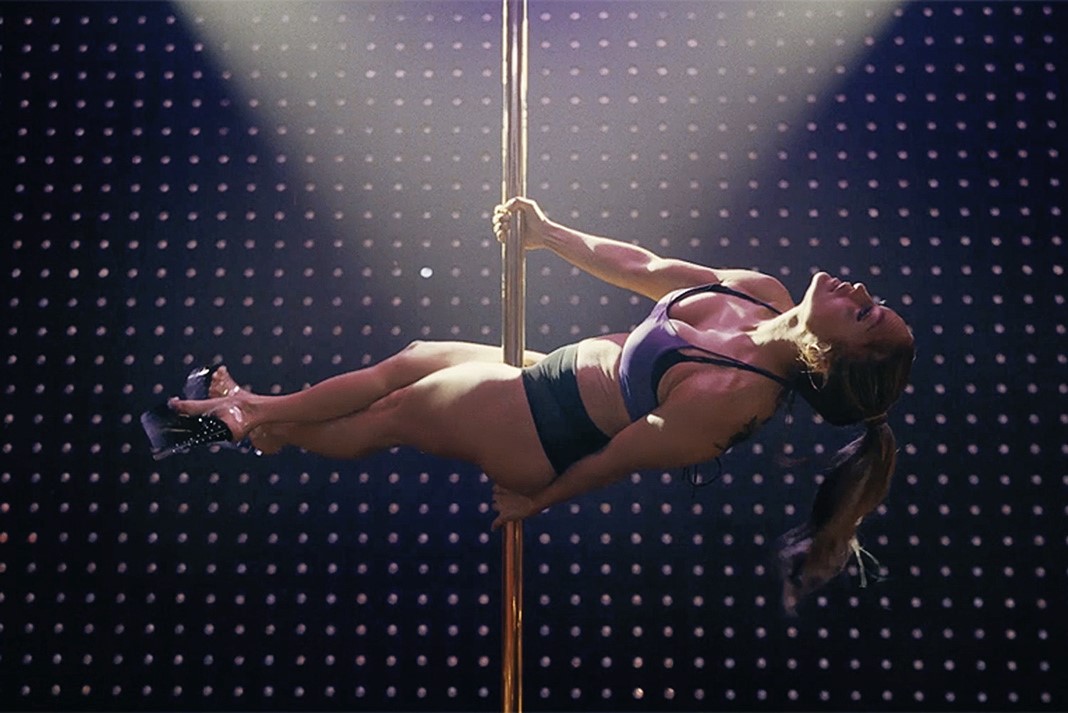
In professional choreographic education, the organization of work practice has always been given special attention. The issues of interaction between ballet schools and theaters of the country, stage practice of students, selection of repertoire do not lose their relevance today. Even more than half a century ago, in the “Regulations on the industrial practice of students of choreographic schools of the USSR”, approved by the Committee for Arts under the Council of People's Commissars of the USSR in February 1946, it is noted that “... industrial practice is an organic part of the educational process and aims to prepare students for future independent work in the theatre. In accordance with the program of the course of special disciplines, industrial practice is built in such a way that students consistently consolidate practically in conditions close to the conditions of the theater, and then in the theater itself, the knowledge and skills they receive in the process of educational work” [4].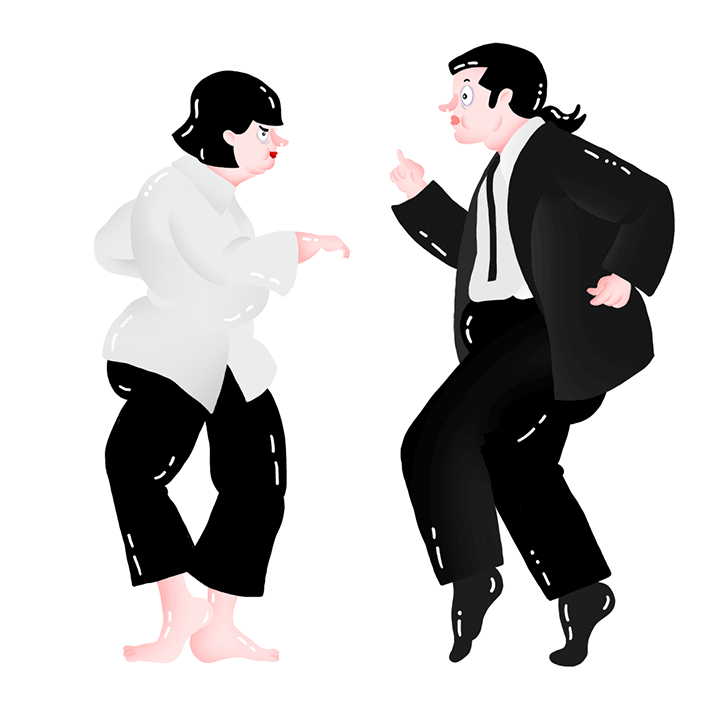 The rector of the Moscow State Academy of Choreography (hereinafter - MGAH), People's Artist of Russia M. K. Leonova, writes about such a strengthening of the importance of production practice: in the classrooms of the school" [3]. The special role of industrial practice in the methodology of teaching special disciplines at the Moscow State Academy of Arts is not only preserved, but also strengthened today.
The rector of the Moscow State Academy of Choreography (hereinafter - MGAH), People's Artist of Russia M. K. Leonova, writes about such a strengthening of the importance of production practice: in the classrooms of the school" [3]. The special role of industrial practice in the methodology of teaching special disciplines at the Moscow State Academy of Arts is not only preserved, but also strengthened today.
During the entire period of professional training of ballet dancers, future dancers have the opportunity not only to gain practical experience in classical, duet, folk stage, historical, everyday and modern dance, but also to demonstrate their abilities in the performing arts, which is most effectively implemented in the context of training and holding final exams, concerts, as well as staging performances.
Performances and graduation concerts of the Moscow State Academy of Arts are held annually on the stage of the State Academic Bolshoi Theater of Russia: students are engaged in numerous performances, participate in international competitions, go on foreign tours.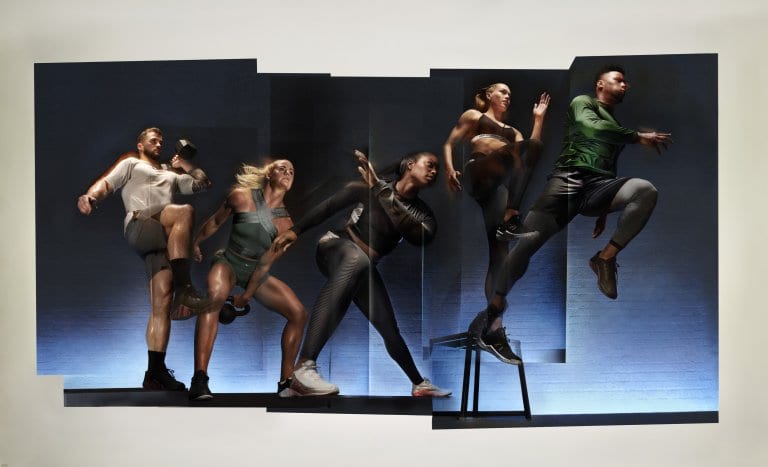 The general public, professional viewers and the press have the opportunity to observe the professional growth of students, as well as the creative search and achievements of the faculty of the Moscow State Academy of Arts.
The general public, professional viewers and the press have the opportunity to observe the professional growth of students, as well as the creative search and achievements of the faculty of the Moscow State Academy of Arts.
Throughout the entire period of professional training of future ballet dancers at the Moscow State Academy of Arts, laborious, painstaking work takes place, which is the main distinguishing feature of the pedagogical process in a creative university. There are no trifles in this complex process and all elements are combined into a single systemic whole. All teachers and all students are involved in it. In the classes in special disciplines in ballet classes, step by step, there is a gradual, sometimes very slow movement towards the desired goal - the creation of a comprehensively developed, musically literate, thinking professional performer. To follow the progressive development of each student, to realize in time both the successes and shortcomings of teachers and students, annual viewings for concerts and the industrial practice concerts themselves, annually held on the stage of the educational theater of the Moscow State Academy of Arts, repeating in detail the main stage of the Bolshoi Theater, allow.
These days at the Moscow State Academy of Arts are marked by a special creative upsurge. One day is sometimes not enough to view the prepared material: the number of numbers sometimes significantly exceeds 100. At the same time, the names of dances of the folk stage (characteristic) repertoire are extremely rare in proportion to the names of the classical dance. Various "tarantellas", "jotas", "polkas", "Russian" and other dances, which, at first glance, are directly related to characteristic dances, are also prepared by classical dance teachers with students of primary and secondary classes due to the fact that this age it is too early for the group to perform variations. The listed dances can include elements of dance, both characteristic and classical, and, with proper construction, can be of great benefit to students [1].
Folk stage (characteristic) dance has been included in the program of compulsory special disciplines of choreographic educational institutions in our country since the late 1930s. But this subject has not become a standardized, undeveloped discipline. Of course, folk stage dance has its own strict laws, but it continues to develop today. It should be noted that in professional choreographic education in Russia, folk stage dance begins to be studied from the age of 14. By this time, students have been practicing classical dance every day for the past three years and twice a week - historical and everyday dance. Thus, by the time they start learning folk stage dance, they reach a fairly high level of knowledge and skills in classical dance, on the basis of which the training in the basics of folk stage dance is built.
But this subject has not become a standardized, undeveloped discipline. Of course, folk stage dance has its own strict laws, but it continues to develop today. It should be noted that in professional choreographic education in Russia, folk stage dance begins to be studied from the age of 14. By this time, students have been practicing classical dance every day for the past three years and twice a week - historical and everyday dance. Thus, by the time they start learning folk stage dance, they reach a fairly high level of knowledge and skills in classical dance, on the basis of which the training in the basics of folk stage dance is built.
Considering the peculiarities of teaching folk stage dance, one can ask the question: why is such a heritage of Russian ballet as dances of the folk stage repertoire so underrepresented at internal concerts of the country's leading ballet academy? At the same time, the annual graduation concerts and performances of the Moscow State Academy of Arts, tours and even some international competitions cannot do without them. There is an explanation for this, which is rooted in the organizational and methodological foundations of teaching this special discipline and can shed light on this problem. Unlike teachers of classical dance, teachers of folk stage dance do not have a specially allotted time for this subject. Studying with a class twice a week, given that its quantitative composition is much larger (boys and girls study together), it is much more difficult for a teacher of folk stage dance, as well as other teachers of special disciplines, to find time to prepare numbers for a production concert. practices. The rehearsal time that can be devoted to this preparation is also limited.
There is an explanation for this, which is rooted in the organizational and methodological foundations of teaching this special discipline and can shed light on this problem. Unlike teachers of classical dance, teachers of folk stage dance do not have a specially allotted time for this subject. Studying with a class twice a week, given that its quantitative composition is much larger (boys and girls study together), it is much more difficult for a teacher of folk stage dance, as well as other teachers of special disciplines, to find time to prepare numbers for a production concert. practices. The rehearsal time that can be devoted to this preparation is also limited.
The endurance of students has a limit, and therefore a teacher of folk stage dance, who wants to let his students go to a concert of industrial practice, must be especially careful in organizing the educational process. First of all, the educational process itself should not suffer. All program movements of academic and folk dances must be mastered by students. But upon careful consideration, the participation of students in a responsible concert can speed up and improve the learning process itself. The folk stage dance program is designed in such a way that the movements being studied sometimes themselves push the teacher to study certain dances of the classical heritage, such as “Seguidilla” staged by A. Gorsky from Minkus’s ballet “Don Quixote” and “Chardas” from “ Coppélia” by Delibes, edited by M. Martirosyan in the first year. The same dances or their fragments are recommended by the folk stage dance program and the stage practice program for choreographic schools in the specialty 0506 "Choreographic performance" for the 1st and 2nd years. In addition, at almost every exam in the first year in the discipline "Folk Stage Dance" you can see them, in whole or in fragments. Of course, preparing a well-known and beloved number for performance in a ballet hall or on stage is two different things. The remoteness from the audience exposes many shortcomings of the performance, invisible in the hall, requires more careful preservation of the compositional pattern of the dance and, of course, greater emotional impact and expressiveness of the dancers.
But upon careful consideration, the participation of students in a responsible concert can speed up and improve the learning process itself. The folk stage dance program is designed in such a way that the movements being studied sometimes themselves push the teacher to study certain dances of the classical heritage, such as “Seguidilla” staged by A. Gorsky from Minkus’s ballet “Don Quixote” and “Chardas” from “ Coppélia” by Delibes, edited by M. Martirosyan in the first year. The same dances or their fragments are recommended by the folk stage dance program and the stage practice program for choreographic schools in the specialty 0506 "Choreographic performance" for the 1st and 2nd years. In addition, at almost every exam in the first year in the discipline "Folk Stage Dance" you can see them, in whole or in fragments. Of course, preparing a well-known and beloved number for performance in a ballet hall or on stage is two different things. The remoteness from the audience exposes many shortcomings of the performance, invisible in the hall, requires more careful preservation of the compositional pattern of the dance and, of course, greater emotional impact and expressiveness of the dancers. The musical accompaniment of the dance in its stage performance also requires not educational, but theatrical (or close to it), a significantly faster pace. An orchestral recording instead of a piano performance implies a more active inner content, transmitted through a dance movement. Let us consider these methodological features on the examples of individual characteristic numbers.
The musical accompaniment of the dance in its stage performance also requires not educational, but theatrical (or close to it), a significantly faster pace. An orchestral recording instead of a piano performance implies a more active inner content, transmitted through a dance movement. Let us consider these methodological features on the examples of individual characteristic numbers.
Bright, temperamental "Seguidilla" is loved by all students. But its performance requires technical virtuosity, as well as skill in handling objects: the female cast dances with fans, while the male cast dances with tambourines. To feel an object, to be able to “dance” it, to feel it as one with your own body, so that it does not interfere, but decorates the dance, is already a real skill. In addition, mass dances require an ensemble performance, where everyone should feel others and work in conjunction with both their partner and other dancers. For these reasons, in many ways, we see such a dance as "Seguidilla" at the state exams of the Moscow State Academy of Arts in folk stage dance in the third year than at industrial practice concerts performed by first or second year students.
Despite the understanding of the complexity and responsibility, for the industrial practice concert of 2011, the choice fell on this number when selecting the repertoire for the first course "A". The tasks and difficulties were announced to the students, and they accepted the offer with joy and desire. The work was much more active than in ordinary lessons. The motivation of students' activity is understandable: the desire to dance their favorite number on the stage, to dance together (some students for various reasons were not engaged in industrial practice) and to dance well. This demonstrates the healthy competitiveness of students in creative specialties, leading to high achievements in the profession.
The class was already familiar with the choreographic text by the time this number was chosen. It remained to carefully work it out, shift the musical tempo, work on the expressiveness of the performance. In the performance, "Seguidilla" arises from the plot action, and the dance characterizes the joyful mood of the people having fun in the square. It begins with a wave of the conductor's baton, according to which the artists enter the dance. In a concert performance, it is possible to go to certain places and wait for the signal to start the dance, but this violates the festive atmosphere that the dance itself carries. Therefore, it was decided to take a small amount of musical material that preceded the dance and stage the students' entrance to the stage in such a way that they, as if by chance, ended up in the right places in the style and character of the performance and the number to start the dance. Such a task for a professional artist is not difficult. But for students, this is a real problem. To dance in a certain pattern, performing difficult pas, to fill the dance with emotion and musicality of performance - these are the tasks that each teacher solves in his subject. Natural behavior outside of the dance itself sometimes seems to students as something of a minor nature. In addition, they often do not understand and do not feel compositional constructions in free movement and natural behavior on the stage in a certain style and character.
It begins with a wave of the conductor's baton, according to which the artists enter the dance. In a concert performance, it is possible to go to certain places and wait for the signal to start the dance, but this violates the festive atmosphere that the dance itself carries. Therefore, it was decided to take a small amount of musical material that preceded the dance and stage the students' entrance to the stage in such a way that they, as if by chance, ended up in the right places in the style and character of the performance and the number to start the dance. Such a task for a professional artist is not difficult. But for students, this is a real problem. To dance in a certain pattern, performing difficult pas, to fill the dance with emotion and musicality of performance - these are the tasks that each teacher solves in his subject. Natural behavior outside of the dance itself sometimes seems to students as something of a minor nature. In addition, they often do not understand and do not feel compositional constructions in free movement and natural behavior on the stage in a certain style and character.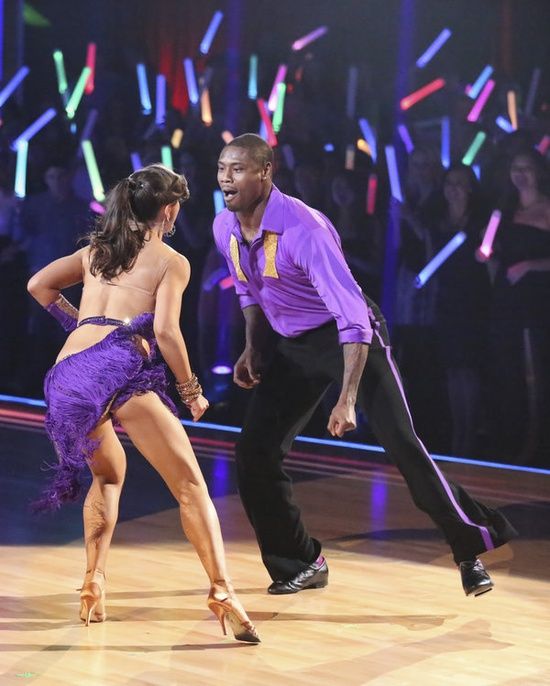 These are tasks that are largely solved within the framework of the “acting skills” subject, which is taught from the first year. Here, teachers need to work in the context of interdisciplinary connections. The proposal to analyze the appearance and stage behavior outside of dance as such in the acting class inspired both students and the teacher of this discipline. Thus, the time allotted for stage rehearsals was largely reduced, and the creative atmosphere in the classroom became more active. Instead of the usual relaxation in the lessons of folk stage dance, which often takes place before a concert of industrial practice, the class as a whole and each student individually has risen to a new level of performing skills.
These are tasks that are largely solved within the framework of the “acting skills” subject, which is taught from the first year. Here, teachers need to work in the context of interdisciplinary connections. The proposal to analyze the appearance and stage behavior outside of dance as such in the acting class inspired both students and the teacher of this discipline. Thus, the time allotted for stage rehearsals was largely reduced, and the creative atmosphere in the classroom became more active. Instead of the usual relaxation in the lessons of folk stage dance, which often takes place before a concert of industrial practice, the class as a whole and each student individually has risen to a new level of performing skills.
First-year students "A" were also involved in two other numbers of the folk stage repertoire. These are "Spanish Dance" from Tchaikovsky's ballet "The Nutcracker" staged by V. Vainonen and "Gypsy Dance" from Gertel's ballet "Vain Precaution" staged by Y. Grigorovich (together with first-year students "B"), which are regularly included in the repertoire of the Moscow State Academy of Arts . Unlike "Seguidilla", both of these numbers are not designed for first-year students to perform. The movements of these dances are ahead of the program in many ways. But you should never approach the program as a once and for all accepted rule. Each specific class and each specific student is unique and unique in its own way. Therefore, variations in program requirements are also possible. Sometimes it is required to explain and work out the material in more detail, and sometimes it is necessary to get ahead of the terms of mastering the program in order to correspond to the personal specifics of the students, which is especially important, given the natural individualization of the creative development of the student - the future ballet dancer or choreographer, to open up new, unexpected opportunities for him. Pedagogical flair is very important here, faith in the abilities of students, based on highly professional responsibility for them.
Unlike "Seguidilla", both of these numbers are not designed for first-year students to perform. The movements of these dances are ahead of the program in many ways. But you should never approach the program as a once and for all accepted rule. Each specific class and each specific student is unique and unique in its own way. Therefore, variations in program requirements are also possible. Sometimes it is required to explain and work out the material in more detail, and sometimes it is necessary to get ahead of the terms of mastering the program in order to correspond to the personal specifics of the students, which is especially important, given the natural individualization of the creative development of the student - the future ballet dancer or choreographer, to open up new, unexpected opportunities for him. Pedagogical flair is very important here, faith in the abilities of students, based on highly professional responsibility for them.
Learning to independently comprehend work on a certain party or mass dance under the supervision and guidance of a teacher, students begin to discover new creative possibilities in themselves.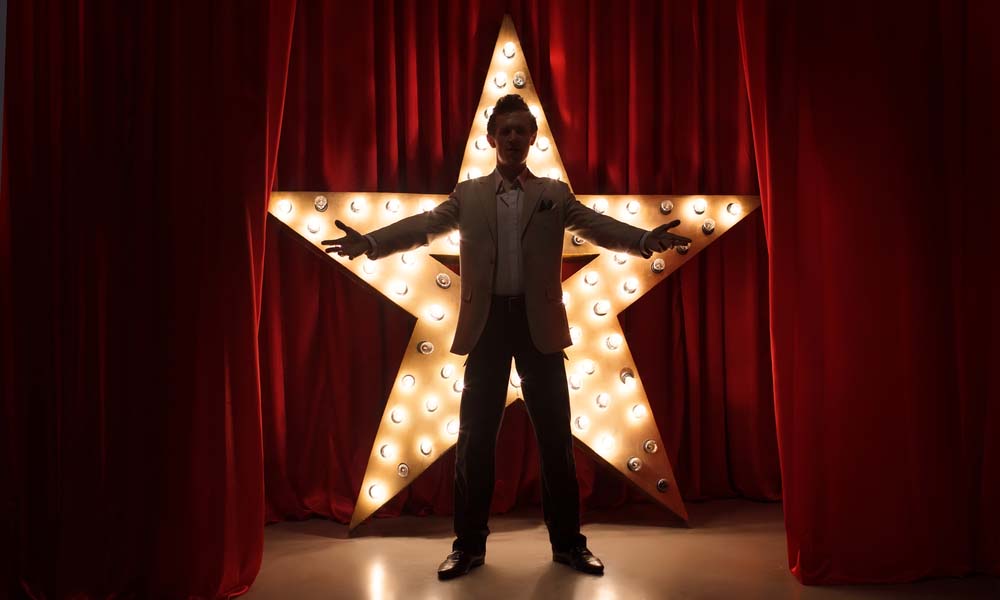 They gain confidence in their abilities and an understanding of the process of working on a characteristic repertoire. This does not mean that teachers of folk stage dance need to release all students in a row in front of a demanding audience in the most difficult numbers of this genre. The quality of performance in the work should be at the forefront, and students should understand this. In such work, both the skill of students and the experience of teachers grow.
They gain confidence in their abilities and an understanding of the process of working on a characteristic repertoire. This does not mean that teachers of folk stage dance need to release all students in a row in front of a demanding audience in the most difficult numbers of this genre. The quality of performance in the work should be at the forefront, and students should understand this. In such work, both the skill of students and the experience of teachers grow.
The pedagogical potential of the accumulation of performing experience in the process of industrial practice cannot be overestimated. However, from the standpoint of the method of teaching folk stage dance, the possibilities of industrial practice in line with graduation concerts and performances can be fruitfully developed and supplemented by improving the organizational and pedagogical conditions for the implementation of the pedagogical process. So, summing up the experience of teaching folk stage dance at the Moscow State Academy of Arts [1, 2, 4, 6], we can say that interdisciplinary integration is subject to further development, which allows strengthening the acting skills and abilities of students: performing in front of an audience requires not only dance skills, but also special expressiveness inherent in characteristic numbers. In addition, it can be argued that independent artistic and creative solutions of talented students can be successfully included in individual interpretations of characteristic numbers, increasing the potential of future ballet dancers as directors.
In addition, it can be argued that independent artistic and creative solutions of talented students can be successfully included in individual interpretations of characteristic numbers, increasing the potential of future ballet dancers as directors.
Thus, the accumulation of performing experience of students of choreographic educational institutions in the context of work practice becomes the key to their further creative improvement and strengthening of their artistic skills.
Literature
1. Zatsepina K., Klimov A., Richter K., Tolstaya N., Farmanyants E. Folk stage dance. M., Art, 1976.
2. Leonova MK From the history of the Moscow ballet school. M.: MGAH, 2008.
3. Leonova M. K. The role of the Moscow ballet school in the creative life of the Bolshoi Theater: 1945–1970. Dissertation for the degree of candidate of art history. M., 2008.
4. Lopukhov AV, Shiryaev AV, Bocharov AI Fundamentals of character dance. L.-M., 1939.
5. Regulations on industrial practice of students of choreographic schools of the USSR.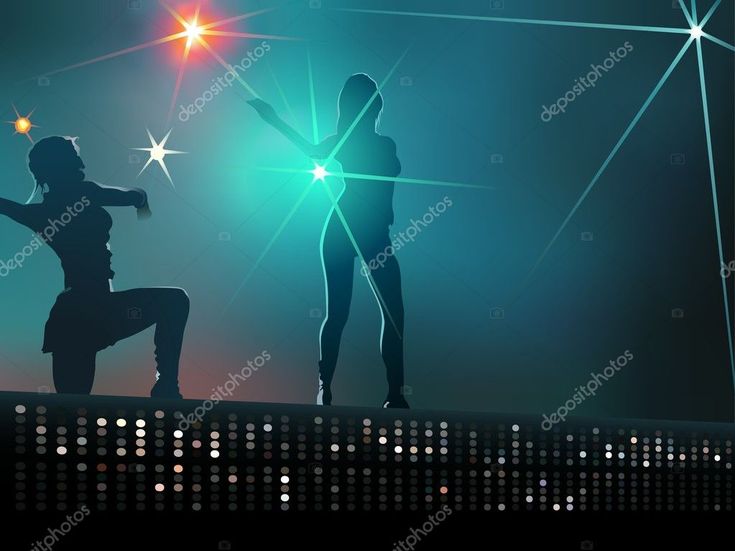 RGALI, op. No. 3, case 57. L. 1.
RGALI, op. No. 3, case 57. L. 1.
6. Stukolkina N. Characteristic dance lessons. M.: WTO, 1972.
7. Troitsky V. Yu. Ways of the Russian school. M.: Svet otechestva, 1994.
Methodical report “Corpus and plie staging in folk stage dance” Author Unguryan N.A. teacher of choreography NG MBOU DOD "DSHI" | Methodological development on the topic:
Methodical message
“Setting the Corps and Plie
in folk-stage dance”
Folk-stage dance is the most important and popular genre in choreography, the source of the repertoire. Narodic choreography in as stage art has its own specifics and, therefore, its own system of education and training. This is a kind of art where the artistic image is embodied through a musically organized movement, and dance exercises create starting positions for the education of a plastic body, the development of its motor culture. The first and main task of educational and training work is the correct setting of the body, legs, arms and head.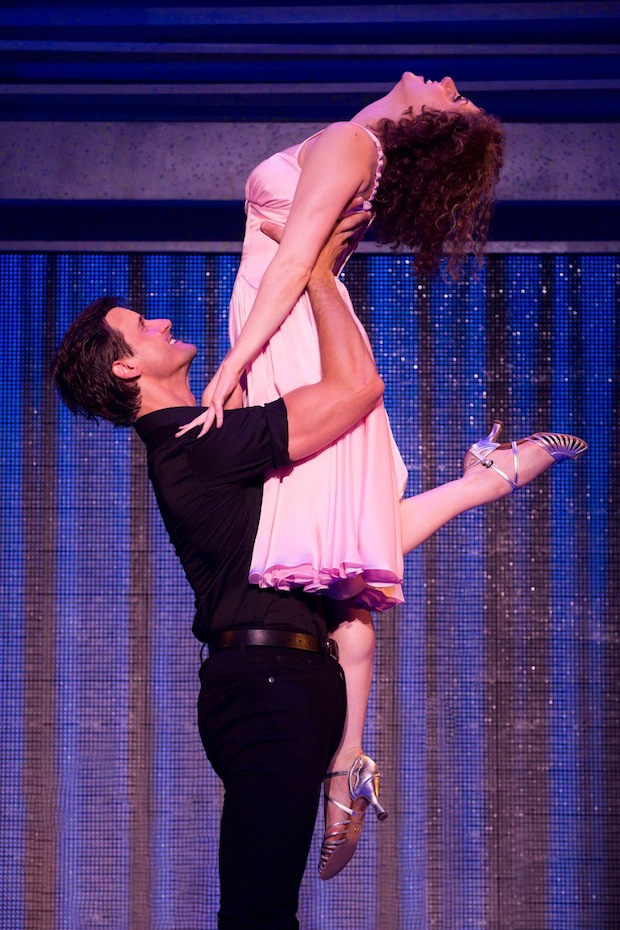 The developed working apparatus, as a result of the consistent work of muscle groups and fulcrum in the area of the skeleton, which form the axis - the core of stability, corresponds to the essence of the nature of music and choreography, requires special attention, patience and constant work. The more complex the movements, the more effort. The more efforts, the more perfect the body becomes ... The more perfect the body, the less mistakes are made. Complicated movements generated by music and choreography, higher efficiency, which is determined by the maximum stability of the body with minimal stress on the body. If the stability of the body is achieved due to the tension of the body, then such stability fetters and limits the movements of the dancer's body, and movements that are constrained and deprived of free flight contradict the essence of the nature of musical and choreographic art. The dancer's body, transformed into a working apparatus, allows him to consciously control his body.
The developed working apparatus, as a result of the consistent work of muscle groups and fulcrum in the area of the skeleton, which form the axis - the core of stability, corresponds to the essence of the nature of music and choreography, requires special attention, patience and constant work. The more complex the movements, the more effort. The more efforts, the more perfect the body becomes ... The more perfect the body, the less mistakes are made. Complicated movements generated by music and choreography, higher efficiency, which is determined by the maximum stability of the body with minimal stress on the body. If the stability of the body is achieved due to the tension of the body, then such stability fetters and limits the movements of the dancer's body, and movements that are constrained and deprived of free flight contradict the essence of the nature of musical and choreographic art. The dancer's body, transformed into a working apparatus, allows him to consciously control his body.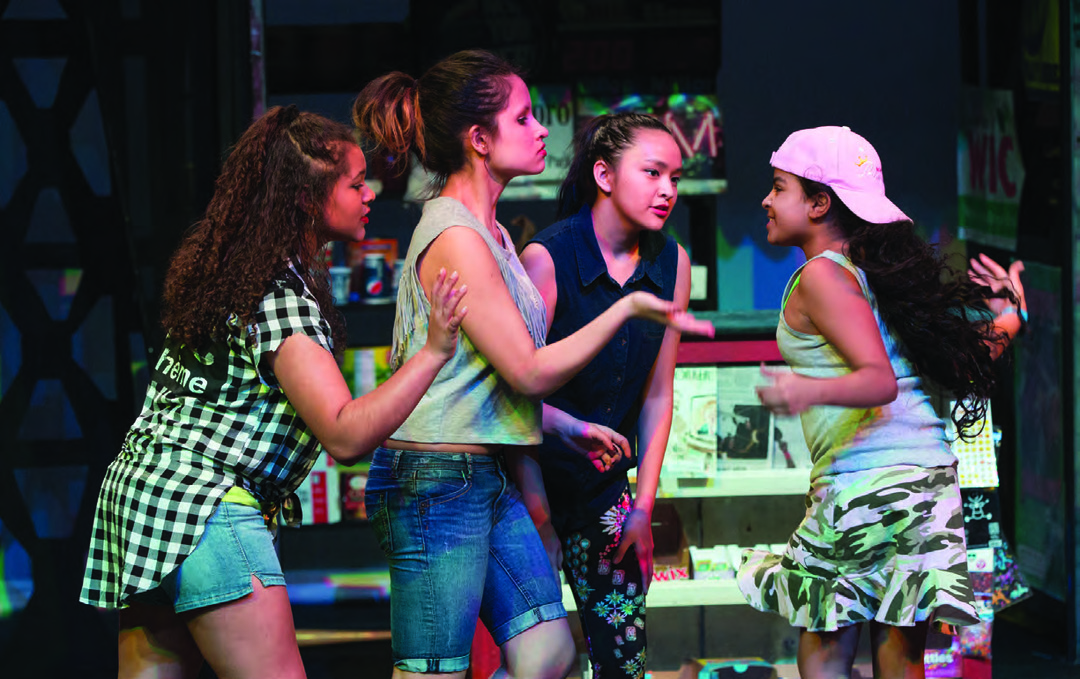
Sustainability is one of the basic concepts of both classical and folk stage dances. The position of the figure in poses and exercises on the entire foot, on the half-toes, on two and on one leg must be confident, stable, without displacement of the supporting leg and jumps on it. It is difficult to maintain long-term stability on the toes and toes on one leg in a fixed position. It is even more difficult not to lose the stability of the posture after landing on one foot, after jumping and spinning.
The development of stability (aplomb) begins from the first grade, when the positioning of the legs and body in exercise at the stick, the ability to find the center of gravity of the body while standing on one or two legs are developed. The position of the figure in this case should be vertical, without tilting forward or backward and deflection in the lower back, the back is straight, the gluteal muscles are tightened. The lower back is strengthened by the tension of the spinal muscles. In no case should you keep your back with tensely connected shoulder blades; this inevitably weakens the tightness of the lower back.
In no case should you keep your back with tensely connected shoulder blades; this inevitably weakens the tightness of the lower back.
The basis of stability is to maintain a vertical axis that runs in the middle of the head and body and ends on the ball of the skating leg when standing on half toes, and on the heel when standing on the whole foot.
In cases where the body leans forward, bends backward or to the side, balance is maintained due to the correct position of the center of gravity, as well as well-tucked hips and back. Maintaining stability on the supporting leg is also facilitated by the thigh of the working leg fixed in the eversion position and the eversion of the supporting leg.
Properly placed housing is the key to stability - aplomb. The position of the body is worked out while facing the machine, then holding the machine with one hand and later in the exercises in the middle of the hall.
Starting to develop the correct position of the body, you need to stand facing the stick, placing your hands on the stick, slightly bent and lowered at the elbows.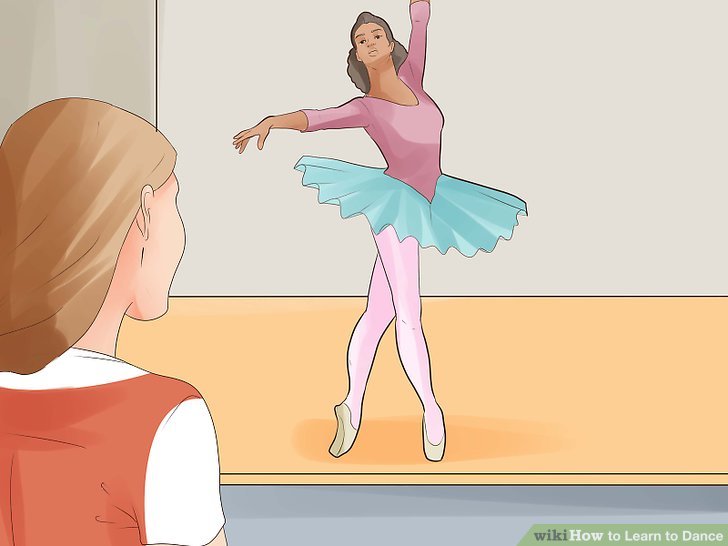 The hands lie freely on the stick opposite the shoulder, not clasping the stick. Feet in an eversion position, without a blockage on the thumbs. The muscles of the legs are tense, tightened, the knees are strongly extended.
The hands lie freely on the stick opposite the shoulder, not clasping the stick. Feet in an eversion position, without a blockage on the thumbs. The muscles of the legs are tense, tightened, the knees are strongly extended.
Body vertical, diaphragm tightened. The shoulders and shoulder blades are freely lowered, turned parallel to the stick, the shoulder blades do not connect, the gluteal muscles are tense and collected so that the body becomes taut, light (does not “sit” on the legs). The head is held straight, the gaze is fixed in front of you.
The tightness of the body ensures the free operation of the hip joint, thereby facilitating the development of eversion. Subsequently, the ability to keep the body taut becomes a performing skill, which allows you not to lose it, especially in jumps and spins.
At the beginning of the study of the movement, the body and arms are in a static position, the exercises are performed only with the legs. All exercises are performed at a slow pace, in the so-called "pure" form or in the simplest combinations.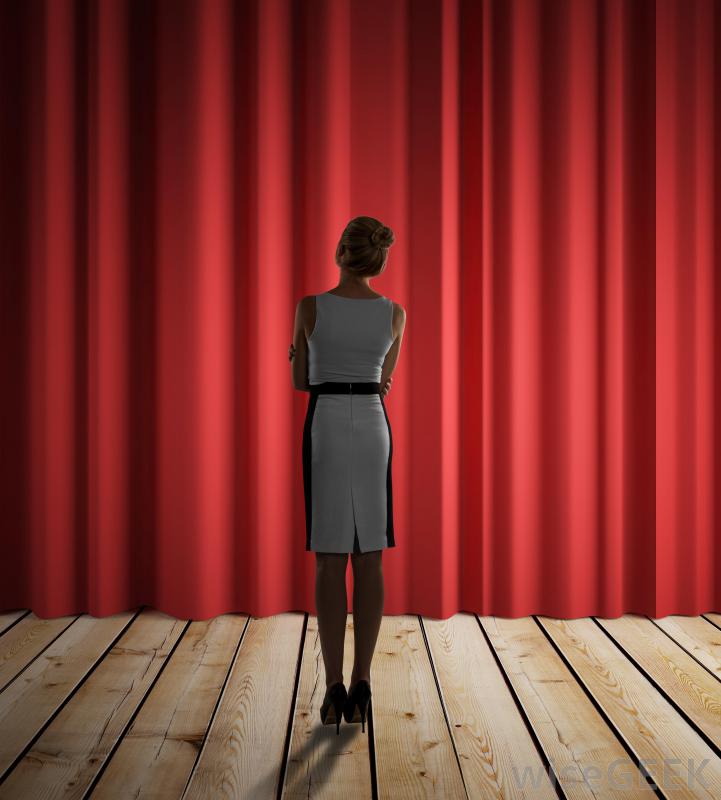 In the future, they become more complicated by various excesses of the body and lifting on the half-fingers.
In the future, they become more complicated by various excesses of the body and lifting on the half-fingers.
, Speaking of body positioning, it is impossible not to say about the positions of the legs, arms and the position of the head. There are a lot of positions and combinations of foot positions found in folk dance. From this set, we select only those positions and combinations from which the performer most often starts this or that movement, or ends it. These provisions are fundamental. There are four of them in the folk dance: 1,2,3 and 6 positions of the legs. In the senior classes, in addition to the eversion positions, parallel and closed leg positions are used.
Hands in folk dance are very expressive and their positions are varied. combined with the movements of the head and body, they convey the character, mood of the performer, give the dance a national flavor and special expressiveness. Some of them are used more often and are common for both boys and girls: preparatory, 1,2 and 3 positions of the hands, as well as the position of the hands on the body (the hands wrap around the waist).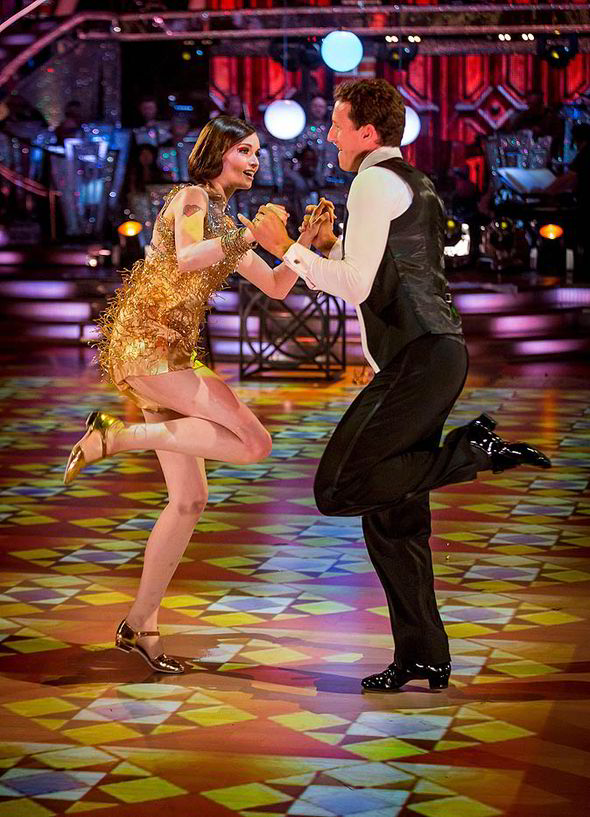 Both in classical and in folk dance a huge role belongs to the setting of hands - they are one of the main expressive means, give completeness to various poses. In addition, the arms should help the body and legs when performing dance movements, especially rotations and jumps. The position of the hands is the manner in which they are kept in a certain shape, at a certain height in given positions and positions.
Both in classical and in folk dance a huge role belongs to the setting of hands - they are one of the main expressive means, give completeness to various poses. In addition, the arms should help the body and legs when performing dance movements, especially rotations and jumps. The position of the hands is the manner in which they are kept in a certain shape, at a certain height in given positions and positions.
The position of the head is determined by the nature of the dance and emphasizes its emotional content. But the main positions of the head are: straight (full face), turning to the side and tilting the head.
Exercises at the barre and in the middle of the hall begin with the preliminary opening of the preparation hand, to a predetermined position. From the preparatory position, the hand begins its movement from the fingers, slightly unbending at the elbow to a certain position or position on the body and again returning to the preparatory position. In the future, the arms begin their movement simultaneously with the work of the leg and end with the legs. In preparation, in addition to the movement of the arms and body, a general mood is created that is necessary for the execution of the movement at a given pace and in accordance with the nature of the musical accompaniment.
In preparation, in addition to the movement of the arms and body, a general mood is created that is necessary for the execution of the movement at a given pace and in accordance with the nature of the musical accompaniment.
Plie (small and large squats) - is the first movement of the exercise, when the muscles and ligaments of the legs are not yet warmed up, it helps to bring the muscles of the legs and the body into working condition, develops the Achilles tendon, knee and ankle ligaments, the elasticity and strength of which play a significant role role in both classical and folk exercise. In squats, especially deep squats, the back is actively involved, where it maintains a straight (vertical) position, which contributes to the development and strengthening of the back muscles. The half-squat is an inseparable companion of jumps: any jump begins and ends with an elastic restrained squat, so it should be given special attention not only in positions, but also in the future in various combinations of movements.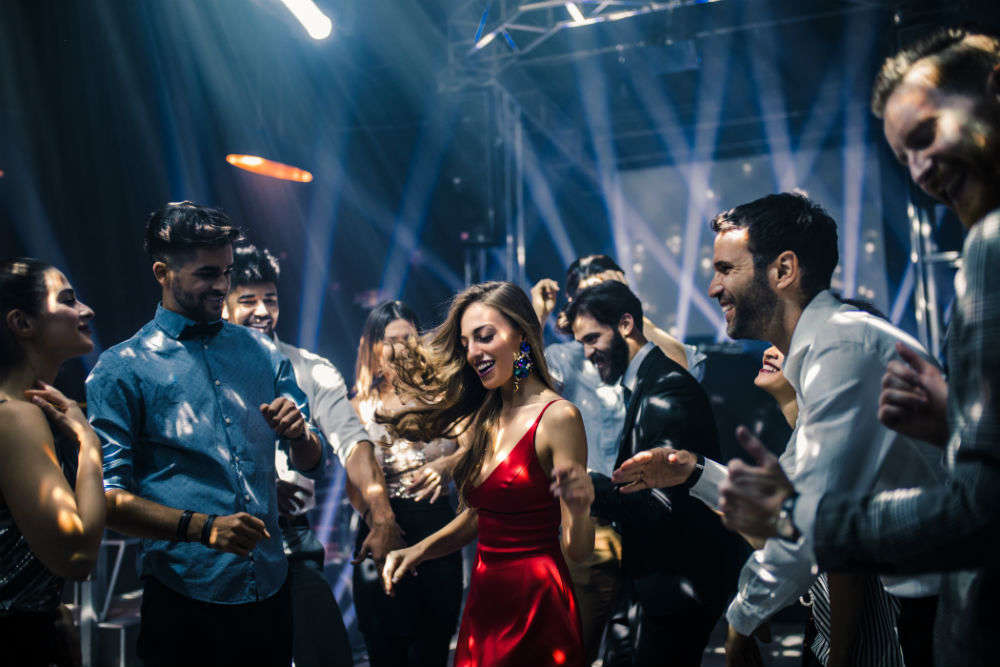
First class squats should begin with half squats in positions facing the stick with both hands on the barre. In the future, plie is performed with the position of one hand on the body at the barre and then with the position of both hands on the body in the middle of the hall. The deep squat is studied later, because it requires set, eversion and sufficiently strong legs, and a fixed back. In half-squats and squats, special attention is paid to the eversion of the legs, otherwise the Achilles tendon is not fully included in the work and does not receive proper development. Unacceptable "blockage" on the inner sides of the foot, on the thumb. The weight of the body is distributed evenly on both legs. The body should be straight and taut, the back should not sag in the lower back, the gluteal muscles are tense and drawn in (especially when doing squats in the 2nd position of the legs). The muscles of the legs are also tense; the knees are extremely deployed and, when squatting, are directed towards the socks (knee against the toe). Squats and straightening occur evenly without jerks, and, having reached the limit point below, you cannot linger on the plie, you should rise immediately, without interrupting the movement. In half squats, the heels should not be separated from the floor, this develops the correct position of the foot in jumps, where the push from the floor is done by the heels. In a deep squat, you should keep your heels on the floor as long as possible until they involuntarily break away from it. When straightening, you should try to lower your heels to the floor as early as possible, but do not accelerate the pace of straightening your legs. Both heels should be separated from the floor and placed on the floor at the same time. All the time it is necessary to maintain the maximum turnout of the hip and the eversion of the feet in the eversion positions and make sure that the knee bends exactly opposite to the direction of the foot in parallel positions of the legs. In the future, when the correct position of the body is fixed, the hands can be included in the work, various positions of the hands, bends of the body and postures can be used.
Squats and straightening occur evenly without jerks, and, having reached the limit point below, you cannot linger on the plie, you should rise immediately, without interrupting the movement. In half squats, the heels should not be separated from the floor, this develops the correct position of the foot in jumps, where the push from the floor is done by the heels. In a deep squat, you should keep your heels on the floor as long as possible until they involuntarily break away from it. When straightening, you should try to lower your heels to the floor as early as possible, but do not accelerate the pace of straightening your legs. Both heels should be separated from the floor and placed on the floor at the same time. All the time it is necessary to maintain the maximum turnout of the hip and the eversion of the feet in the eversion positions and make sure that the knee bends exactly opposite to the direction of the foot in parallel positions of the legs. In the future, when the correct position of the body is fixed, the hands can be included in the work, various positions of the hands, bends of the body and postures can be used.